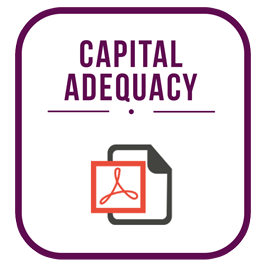Economic Capital - A Practioner's Guide
About the Course
The course begins with a look at regulatory capital, its uses and its shortcomings. A new shortfall-based economic capital model is presented and its difference from the parameter extension logic of current internal capital models in use today is discussed.
The criteria for selection of the model is listed, and the appeal in using accounting data, one of the criteria, is elaborated. The model process is outlined and its potential functions discussed.
Next, existing economic capital models recommended and used by bank regulators are reviewed.
Three versions of the new shortfall economic capital model are illustrated using a case study approach that utilizes publicly available accounting data from five banks. A reconciliation of the results obtained from these approaches is also presented. Issues with each version are also highlighted.
Model one works with a worst case loss estimate and assumes that the threshold for Economic Capital is set equivalent to 3 worst case losses that occur in a sequence. Model two works with estimated volatility and assumes that a distance to intervention threshold of 3 (expressed in terms of shareholders equity volatility) provides sufficient protection. The first two models work with capital adequacy to estimate economic capital. Model three works with the leverage ratio.
The annexure to the guide gives a brief history of the evolution of banking regulation and a look at why bank regulation doesn’t work.
Learning objectives
After taking this course you will be able to:
- Explain the limitations of regulatory capital
- Explain the underlying methodology of existing economic capital models in use by bank regulators
- Explain the limitations and complexities of existing economic capital models
- List and explain the criteria for the new shortfall based economic capital model including the appeal of using accounting data
- Describe the model process and expected output from the proposed new economic capital model
- Define expected loss, unexpected loss, probability of default, loss given default and exposure at default
- Outline the methodologies used for the three versions of the new economic capital model
- Explain the difference between the results obtained from the three versions of the new economic capital model
Prerequisites
Comfort with basic mathematics, statistics and probability. Some familiarity with Value at Risk, economic capital, credit, market and capital adequacy concepts, local markets, portfolio management concepts and the Basel II framework.
Target Audience
The course is aimed primarily at banking professionals, regulators and individuals responsible for assessing the adequacy of the capital positions of the institutions.

